Let our experts help you pick the perfect car exterior for your needs. Maintaining a pristine exterior for your vehicle is not just about vanity; it goes beyond aesthetics and plays a crucial role in preserving the overall value and longevity of your car. The appearance of your vehicle speaks volumes about how well you take care of it, and regular care can have a significant impact on its resale value.
First impressions matter, and a well-maintained exterior instantly elevates the visual appeal of your car. Regular cleaning and protective measures such as waxing can safeguard the paint from environmental contaminants, UV rays, and harsh weather conditions. By preventing the accumulation of dirt, grime, and corrosive substances, you can prevent paint damage and maintain the original shine.
Furthermore, a well-preserved exterior can significantly enhance the resale value of your vehicle. Potential buyers are more inclined towards vehicles that exhibit signs of diligent care, both inside and out. A pristine exterior indicates that the car has been properly maintained, suggesting that other crucial components like the engine and interior are likely in good condition as well.
In this article, we will delve into the Top 10 Tips for Maintaining Car Exterior By following these tips, you can not only ensure that your vehicle looks stunning but also protect its value for years to come.
1.Regular Washing

Maintaining a car’s appearance and shielding its surfaces from pollutants, dirt, and grime requires routine washing. The exterior of the car can become covered with filth and grime, giving it a drab and dirty appearance. These impurities may stick to paintwork over time and cause corrosion and scratches. Regular washing preserves the car’s finish and improves its overall appearance by assisting in the removal of these damaging particles.
The frequency of automobile washing is influenced by several variables, including climate, road conditions, and individual preferences. The car should generally be washed every two weeks or whenever it appears to be unclean. However, more regular washing may be required if the car is exposed to harsh environmental elements like tree sap or road salt.
When washing the car, it is essential to use proper car wash products and techniques. Using dedicated car wash soaps formulated for automotive surfaces helps to protect the paint and avoid stripping away the protective wax or sealant. Additionally, using a microfiber wash mitt or sponge and following a gentle washing technique, such as the two-bucket method, minimizes the risk of scratching the paint.
Regular washing not only keeps the car looking clean and well-maintained but also plays a vital role in preserving its value and extending its lifespan. By removing dirt, grime, and contaminants, and adopting proper car wash practices, owners can ensure their vehicles remain in optimal condition for years to come.
2.Proper Drying

It’s crucial to thoroughly dry a car after washing it to avoid water stains and streaks and guarantee a clean, pristine finish. Mineral deposits and other contaminants may be left behind as water evaporates from a vehicle’s surface, producing unattractive streaks and patches.
It is advised to use a soft cloth or a microfiber towel to promote effective drying. Microfiber towels are gentle on the surface of the car and offer good absorbency, lowering the chance that they would scratch or harm the paint. The surface is dry and free of water stains thanks to their delicate fibers’ ability to collect and remove water. Similarly to that, gentle drying can also be accomplished with a soft cloth composed of a non-abrasive material.
On the other hand, air drying is discouraged as it can lead to water spots. As water evaporates naturally, it leaves behind mineral residues and impurities that accumulate on the vehicle’s surface, resulting in visible spots and streaks. These spots can be particularly difficult to remove once they have dried, requiring additional cleaning and potential damage to the vehicle’s finish.
By using a microfiber towel or a soft cloth to thoroughly dry the vehicle after washing, you can effectively remove excess water and prevent water spots. This final step in the washing process ensures a pristine and flawless appearance, enhancing the overall look of the vehicle.
3.Waxing for Protection

A car’s paintwork must be waxed regularly to prevent damage from UV rays, dirt, and pollution. Waxing is a crucial activity. Wax functions as a barrier, insulating the exterior of the car from dangerous elements by establishing a protective layer over the paint surface.
The ability to block UV radiation is one of the main advantages of waxing. The oxidation and fading of paint from constant exposure to sunlight can make it appear worn and dreary. UV rays are protected from the sun’s harmful rays by wax, which lowers the potential harm from prolonged sun exposure.
Wax also functions as a dust, grime, and pollution repellant. It is easier to clean and less likely that unwanted scratches or stains will occur thanks to the smooth surface that waxing creates.
The recommended waxing schedule is dependent on several variables, including the weather, road conditions, and the kind of wax being used. As a general rule, waxing should be done every three to four months.
It’s crucial to use high-quality synthetic or carnauba wax while applying wax. Synthetic waxes frequently offer more long-lasting protection, whereas carnauba wax is renowned for its toughness and deep sheen. The car should be completely cleaned and dried before applying the product. Applying wax should be done with a clean microfiber cloth or applicator pad in small, circular motions. To reveal a polished and protected finish, the wax should be buffed off with a clean cloth once it has dried to a haze.
4.Paint Protection Film
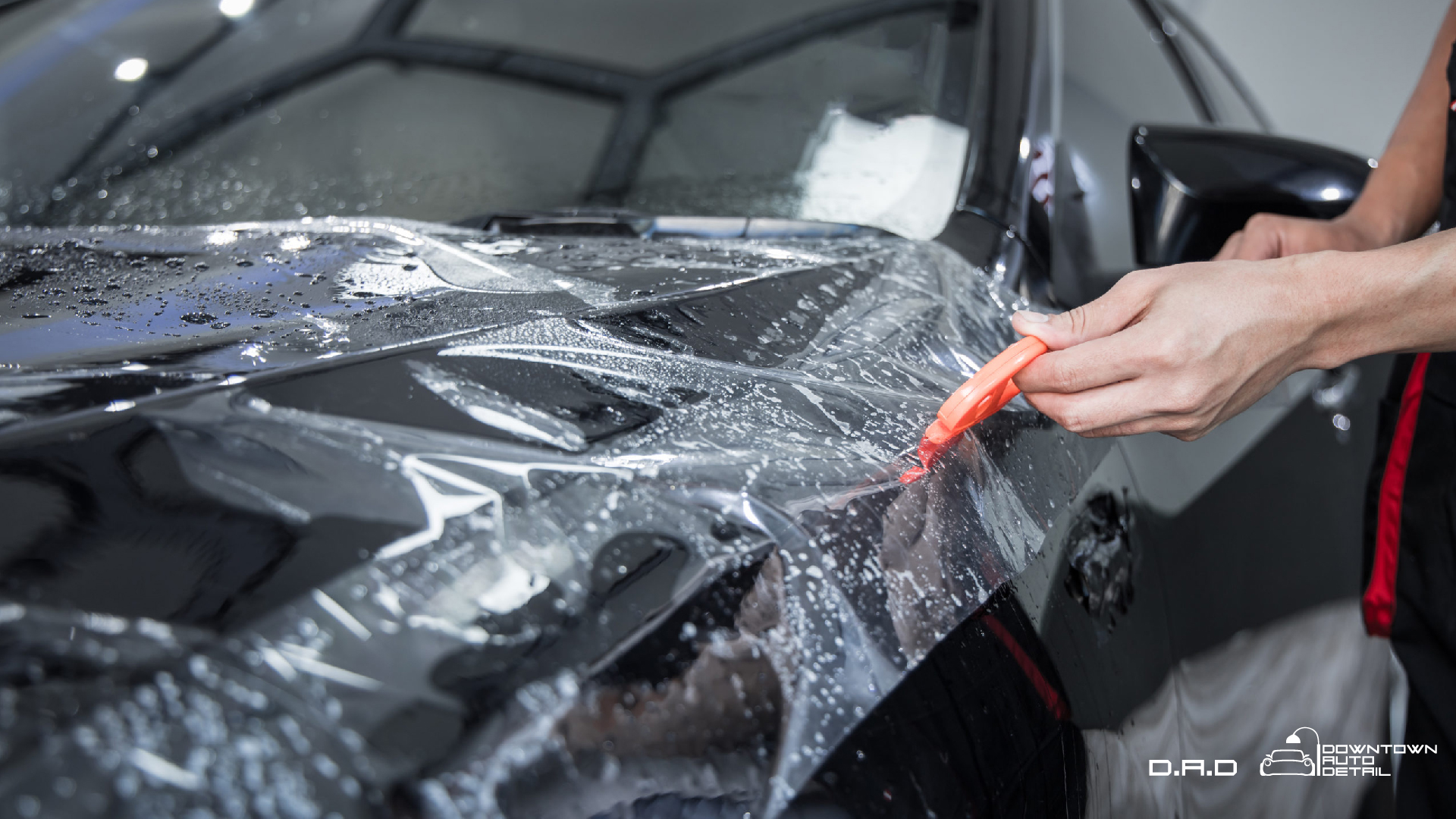
A clear, thermoplastic urethane film called Paint Protection Film (PPF) is put on the surface of a car to shield the paint from harm. It protects the paint of the car from the weather and maintains the long-term appeal of the design. PPF is a well-liked option for auto owners looking to protect their investments.
The capacity of PPF to shield surfaces from daily wear-and-tear-induced scratches and swirl marks is one of its main advantages. Minor abrasions are absorbed by the layer, protecting the paintwork underneath from damage. Additionally, PPF minimizes the possibility of unsightly dents and chipped paint by offering exceptional protection against stone chips and other road debris.
Another advantage of PPF is its ability to shield the car’s paint from harmful ultraviolet (UV) rays. UV radiation can cause paint fading, discoloration, and oxidation over time. PPF acts as a barrier, blocking UV rays and preserving the original color and shine of the car’s paintwork.
To install PPF, professional installation is recommended for optimal results. Trained technicians use specialized techniques to ensure a precise and seamless fit. However, there are also pre-cut DIY kits available for car enthusiasts who prefer to install PPF themselves. These kits come with pre-cut pieces tailored to specific car models, making the installation process more straightforward.
In conclusion, Paint Protection Film offers significant benefits in safeguarding a car’s paint. Its ability to prevent scratches, stone chips, and UV damage makes it an excellent choice for car owners looking to maintain their vehicle’s pristine appearance and resale value. Whether professionally installed or using pre-cut DIY kits, PPF provides an added layer of protection that enhances the longevity and visual appeal of the car.
5.Use of Quality Car Care Products

It’s crucial to use high-quality auto care solutions to keep your car looking good and extend its lifespan. It is essential to underline the value of using products made expressly for use on automobiles while washing, waxing, and detailing.
The fact that pH-balanced car shampoos are kind to the paintwork of the vehicle is one of their main advantages. By preserving the pH balance of the car’s surface, these shampoos guard against dullness or damage brought on by acidic or alkaline substances. Non-abrasive cleansers are also crucial since they remove filth, stains, and dirt without damaging or scratching the paint. This lessens the possibility of long-term damage and helps protect the vehicle’s finish.
Additionally, employing gentle applicators like soft sponges or microfiber cloths ensures a risk-free and scratch-free cleaning procedure. These applicators are made to capture and lift dirt particles out of the way, keeping them from scratching or swirling the surface.
Contrarily, products that are abrasive or harsh can endanger the outside of a vehicle. They have the potential to damage the paintwork, cause scratches, and even remove the protective wax covering. Abrasive materials can also harm delicate surfaces, rubber seals, and plastic trim.
By spending money on high-quality auto care solutions, you can give your car a spotless finish while also preserving its value and lengthening its lifespan. Regular application of the right products aids in maintaining the paintwork’s integrity, providing a glossy, well-protected, and aesthetically pleasing car for years.
6.Tire and Wheel Care
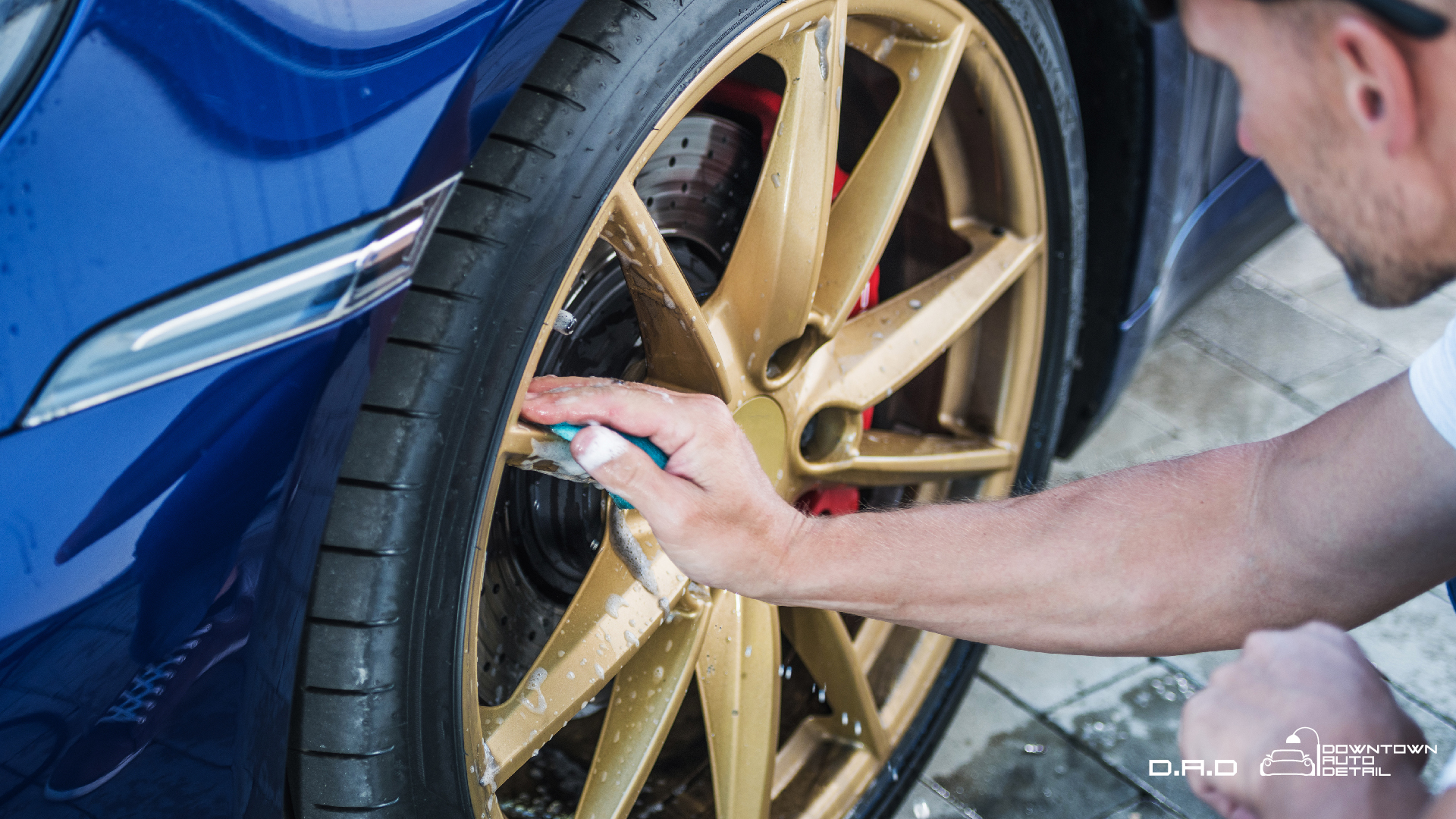
Regular tire and wheel maintenance plays a crucial role in maintaining the overall appearance of a vehicle. Clean and well-maintained tires and wheels not only enhance the aesthetic appeal of the vehicle but also contribute to its overall impression. Here are some significant reasons why regular maintenance is important:
Firstly, tires and wheels are highly visible parts of a vehicle and are often subject to dirt, grime, and road debris. Neglecting their cleanliness can lead to a dull and unkempt appearance, which detracts from the vehicle’s overall appeal.
Secondly, proper maintenance helps prevent long-term damage. Accumulated dirt, brake dust, and other contaminants can corrode wheels, leading to rust and deterioration. Regular cleaning helps remove these substances and preserves the condition of the wheels.
To clean and protect tires and wheels effectively, it is important to follow proper techniques. Start by rinsing off loose dirt and debris, then use a dedicated wheel cleaner and a brush to gently scrub the surface, paying attention to hard-to-reach areas. Rinse thoroughly and dry with a microfiber cloth.
Once clean, tire dressings can be applied to provide a glossy finish and protect against UV rays. It is important to choose a dressing suitable for the tire’s material and avoid excessive application to prevent sling-off.
For wheels, wheel sealants can be used to provide an extra layer of protection against brake dust and other contaminants. These sealants help repel dirt and make subsequent cleanings
easier.
7.Glass and Mirror Care
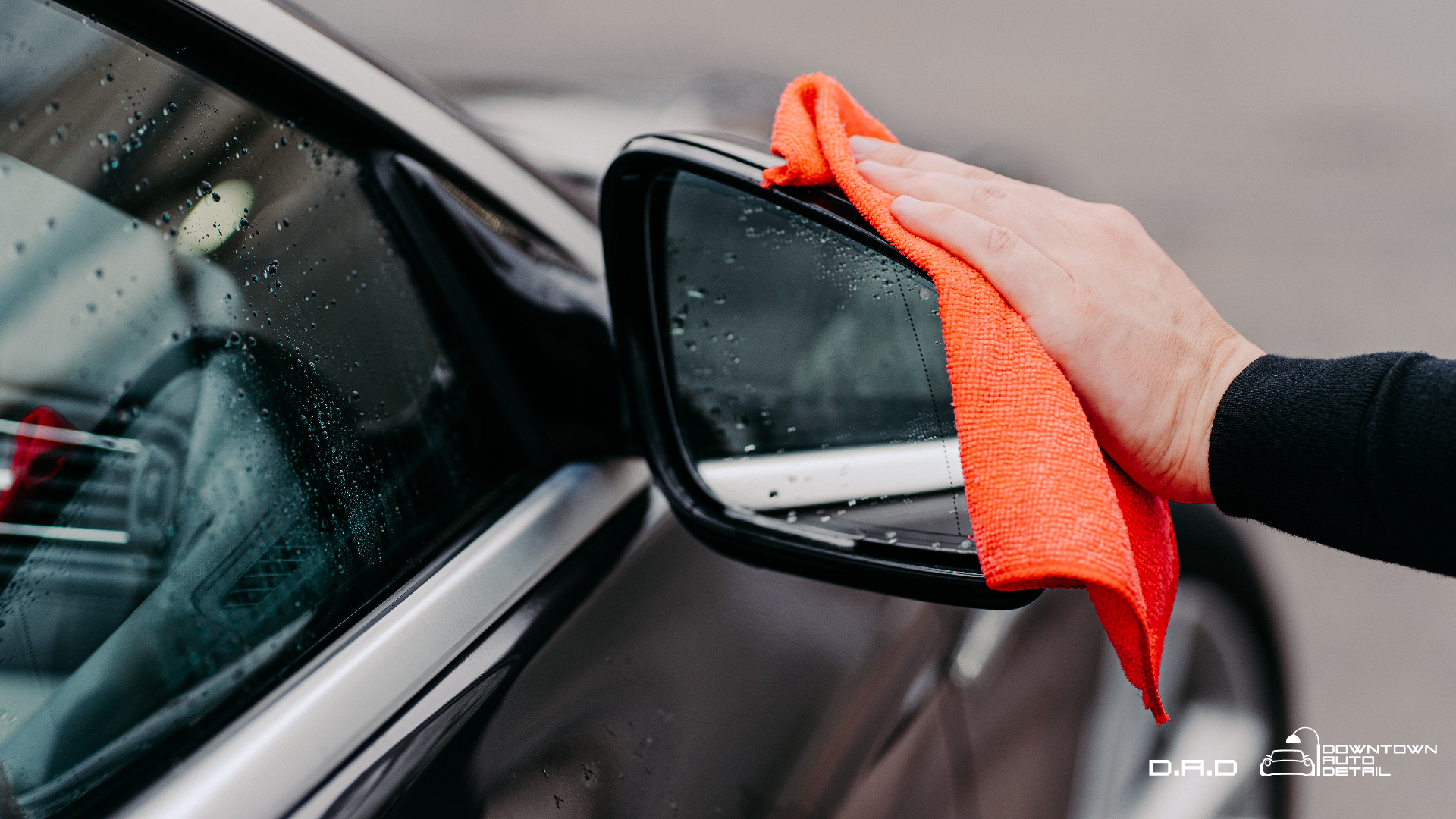
Clean and clear windows, windshields, and mirrors are of utmost importance for both visibility and aesthetics. Whether it’s at home, in vehicles, or commercial spaces, maintaining these glass surfaces is crucial for a pleasant and safe environment.
Firstly, clean windows and mirrors ensure maximum visibility, allowing natural light to enter and enhance the overall brightness of a space. For vehicles, clear windshields are vital for a driver’s visibility, ensuring safe navigation on the road.
To achieve streak-free and spotless results, specialized glass cleaners are recommended.
These cleaners are formulated to effectively remove dirt, fingerprints, and smudges without leaving behind any residue. They are designed to be non-abrasive, preventing any potential damage to the glass surface.
In addition to using the right cleaner, the choice of cleaning cloth is equally important. Lint-free microfiber cloths are highly effective in capturing dust particles and preventing lint or fibers from being left behind on the glass. They are soft and gentle, ensuring a scratch-free cleaning process.
To achieve streak-free and spotless glass surfaces, a few tips can be followed. Firstly, start by removing any loose dirt or dust using a dry cloth. Then, apply the glass cleaner evenly and wipe the surface using the microfiber cloth in straight, overlapping strokes. Avoid circular motions as they can leave streaks. Finally, ensure thorough drying of the glass to prevent water spots.
8.Trim and Plastic Restoration

Maintaining and restoring the appearance of exterior trim and plastic parts is essential for several reasons. Firstly, trim and plastic parts, such as bumpers, side moldings, and grilles, contribute to the overall aesthetic appeal of a vehicle. Faded, dull, or damaged trim can significantly impact the visual appeal and reduce the value of the vehicle. Secondly, these parts serve a functional purpose by providing protection and enhancing the durability of the vehicle.
Regular exposure to sunlight, harsh weather conditions, and environmental pollutants can cause plastic trim to fade, crack, or become brittle over time. Restoring and maintaining these parts helps preserve their structural integrity and prolong their lifespan.
To restore the appearance of faded or worn plastic trim, plastic restorers or trim dressing products are commonly used. These products contain specialized chemicals and additives designed to rejuvenate and revitalize the plastic surface, restoring its original color and shine.
When applying plastic restorers or trim dressings, it is important to follow the manufacturer’s instructions.
Generally, the process involves cleaning the surface thoroughly, ensuring it is free from dirt, grime, and debris. The product is then applied using a clean cloth, sponge, or applicator pad, evenly spreading it over the trim surface. It is crucial to allow the product to dry or cure completely as per the instructions before exposing it to water or other elements.
To protect the restored plastic trim, regular cleaning and periodic reapplication of the trim dressing product may be necessary. Additionally, parking the vehicle in shaded areas or using UV protective coatings can help prevent future fading and damage.
By maintaining and restoring the appearance of exterior trim and plastic parts, vehicle owners can enhance the visual appeal, protect against damage, and extend the lifespan of these components, ultimately preserving the overall value and aesthetics of the vehicle.
9.Protecting from Environmental Factors
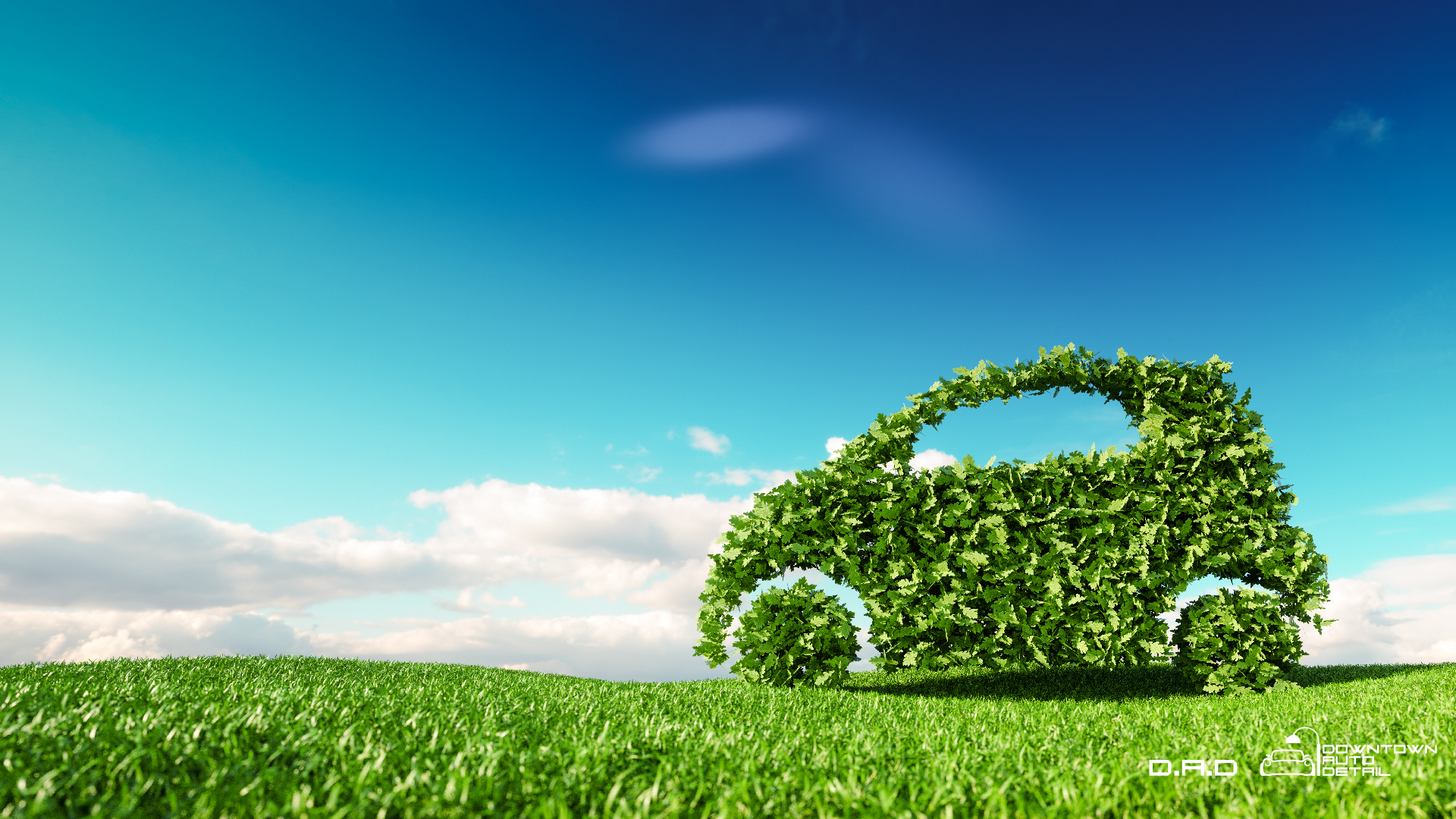
Environmental factors such as sunlight, bird droppings, and tree sap can have a significant impact on a car’s exterior. Sunlight exposure over time can fade the paint, causing it to lose its shine and vibrancy. Additionally, UV rays can damage the clear coat, leading to paint peeling and cracking. Bird droppings and tree sap contain corrosive substances that can etch and stain the paint surface if not promptly removed. These factors can diminish the aesthetic appeal of the car and potentially affect its resale value.
To protect the car from these environmental factors, it is advisable to park in shaded areas whenever possible. Parking under trees or using covered parking spaces can provide natural protection from direct sunlight, bird droppings, and tree sap. If shaded parking is not available, using a car cover is an effective alternative. A car cover acts as a barrier, shielding the car’s exterior from sunlight and preventing bird droppings and tree sap from directly contacting the paint. Regularly cleaning the car and promptly removing bird droppings and tree sap is crucial to prevent any long-term damage.
Furthermore, applying a paint sealant or wax can provide an additional layer of protection. Paint sealants create a protective barrier on the paint surface, shielding it from UV rays, bird droppings, and other contaminants. Waxing the car regularly enhances its shine and provides a sacrificial layer that helps protect the paint from environmental damage.
By parking in shaded areas, using car covers, and applying paint sealants or wax, car owners can significantly reduce the impact of sunlight, bird droppings, and tree sap on their car’s exterior, maintaining its appearance and preserving its value.
10.Regular Inspection and Maintenance
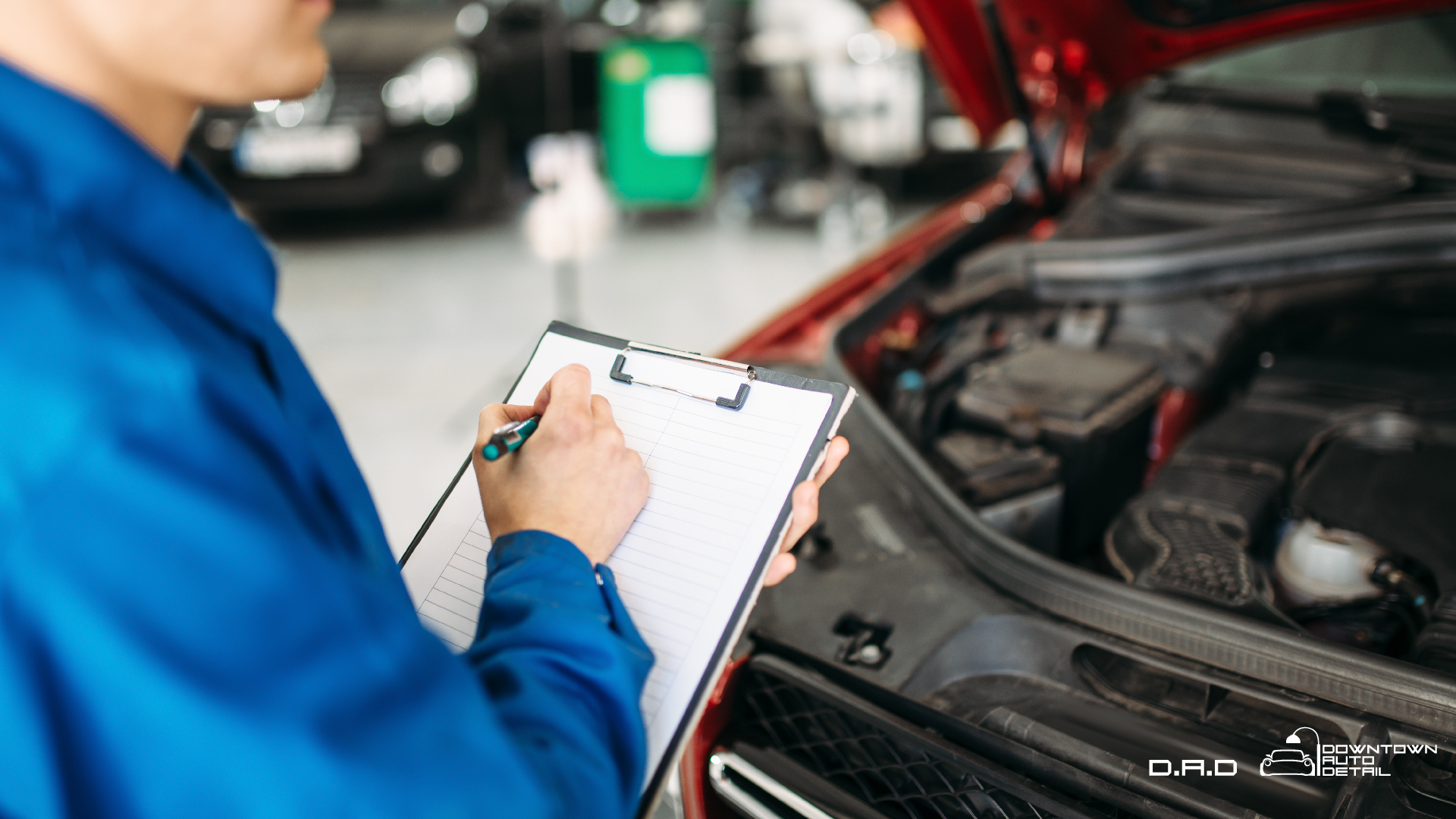
Regular inspection and maintenance of a car’s exterior are crucial for preserving its appearance and preventing potential issues. By inspecting the car regularly, owners can identify any damage, scratches, or paint imperfections early on. Addressing these issues promptly is essential to prevent further damage or deterioration.
Regular inspections allow owners to catch small problems before they become more significant and costly to fix. Minor scratches or chips in the paint can lead to rust if left untreated, compromising the car’s structural integrity. By taking action promptly, such issues can be addressed, protecting the car’s value and extending its lifespan.
In addition to self-inspections, owners may consider professional detailing services for in-depth restoration and maintenance. Detailing experts have the knowledge, skills, and specialized tools to restore the car’s exterior to its original shine. They can fix minor imperfections, remove scratches, and apply protective coatings that enhance the car’s appearance and provide long-lasting protection.
Investing time and effort into regular inspections and maintenance not only keeps the car looking its best but also maintains its resale value. It is an effective way to demonstrate pride in ownership and ensure that the car remains in optimal condition for years to come.
Conclusion
Regular care and maintenance are crucial for maintaining a pristine exterior and reaping long-term benefits for your car. By implementing simple car care tips, you can preserve your car’s appearance and retain its value.
Firstly, regular washing and waxing protect the paint from dirt, UV rays, and contaminants, preventing fading and oxidation. Secondly, avoiding harsh chemicals and using appropriate cleaning products ensures no damage to the paint or finishes. Thirdly, addressing scratches and chips promptly prevents rust and further damage.
Additionally, protecting your car from extreme weather conditions and parking in shaded areas shield it from potential harm. Finally, periodic detailing and polishing restore shine and luster to the exterior. By following these practices, you can extend your car’s lifespan, enhance its resale value, and take pride in a well-maintained vehicle.
FAQ's
It is recommended to wash your car at least once every two weeks to remove dirt, grime, and other contaminants that can damage the paint.
No, it is best to use a pH-balanced car wash solution specifically formulated for automotive use. Regular household soaps or detergents can strip away protective coatings and damage the paint.
Use a soft microfiber wash mitt or sponge and rinse it frequently to avoid trapping dirt particles that could scratch the paint. Additionally, follow a two-bucket method, with one bucket for clean soapy water and another for rinsing the mitt/sponge.
Yes, waxing your car is essential for protecting the paint and maintaining a pristine exterior. It is recommended to wax your car every three to four months or as needed, depending on the type of wax used and environmental conditions.
While automatic car washes are convenient, they can cause swirl marks or scratches if not properly maintained or if your vehicle has loose parts or aftermarket modifications. It is recommended to hand wash or choose touchless car washes for a safer option.
To protect your car’s exterior from UV damage, park in shaded areas whenever possible or use a car cover. Regularly applying a UV-resistant wax or sealant can also provide additional protection against sun damage.
Proper drying prevents water stains and streaks, ensuring a clean and pristine finish.
Waxing provides a protective barrier against UV rays, dirt, and pollution, preserving the paint’s appearance and preventing damage.
Using high-quality car care products ensures gentle cleaning, prevents damage to the paint, and maintains the vehicle’s value.
Regularly clean your tires and wheels to maintain their appearance and prevent long-term damage from dirt, brake dust, and contaminants.
Use specialized glass cleaners and lint-free microfiber cloths to achieve streak-free and spotless results on windows, windshields, and mirrors.
Use plastic restorers or trim dressing products to rejuvenate faded or worn plastic trim and maintain their appearance and durability.
Protect your car from sunlight, bird droppings, and tree sap by parking in shaded areas, using car covers, and promptly cleaning off any contaminants.
Regular inspection and maintenance help identify and address any issues with the car’s exterior, ensuring its long-term durability and appearance.
